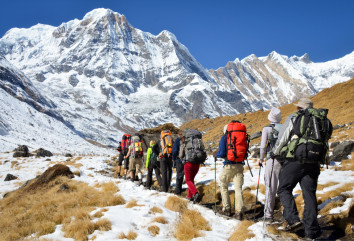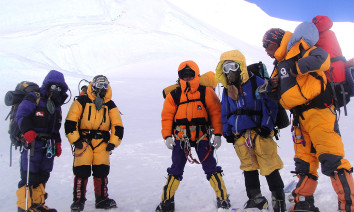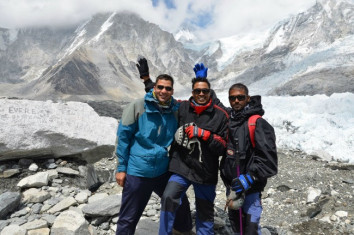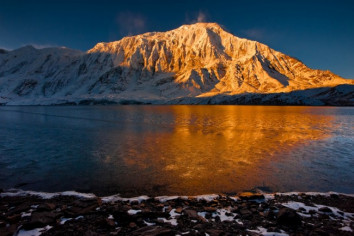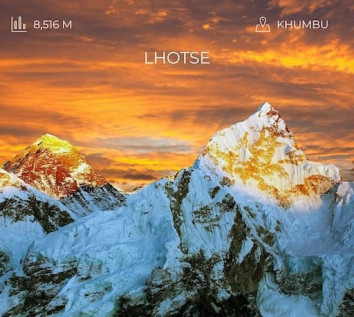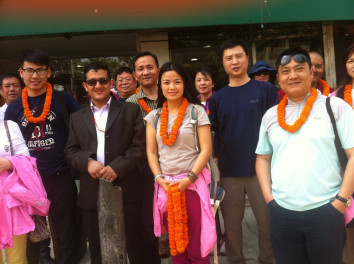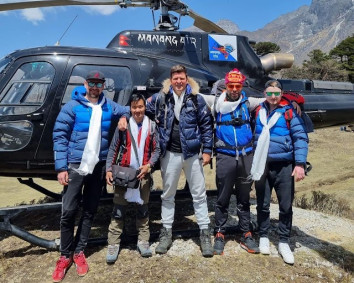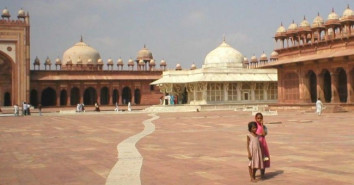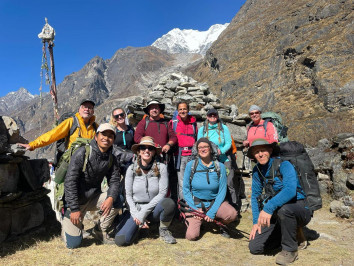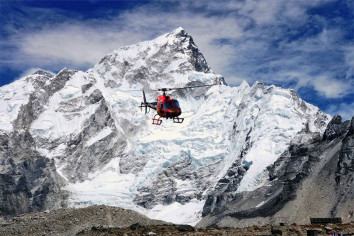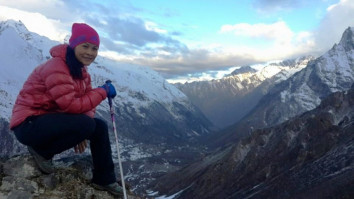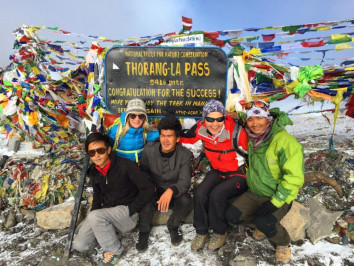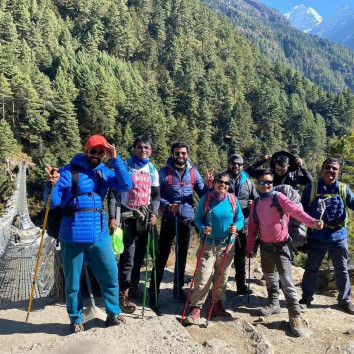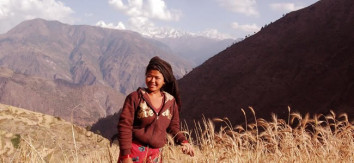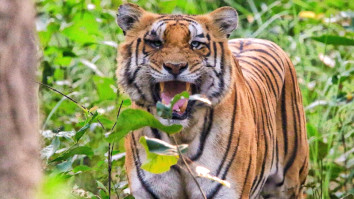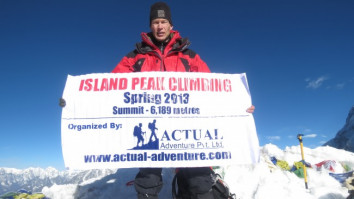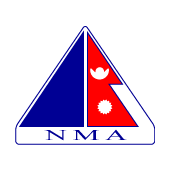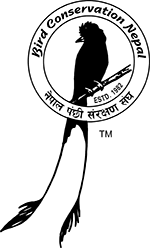6th Feb, 2024
Trekking Through the Himalayan Beauty: Langtang-Gosainkunda-Helambhu Trek
Introduction:
Nepal, nestled in the lap of the Himalayas, is a paradise for trekkers. Among its many trekking routes, the Langtang-Gosainkunda-Helambhu trek stands out for its diverse landscapes, rich culture, and breathtaking views. In this blog post, we'll embark on a virtual journey through this mesmerizing trek, exploring its highlights, challenges, and experiences.
Table of Contents
Day 1: Kathmandu to Syabrubesi Our adventure begins with a scenic drive from Kathmandu to Syabrubesi, a small village in the Langtang region. The journey offers glimpses of rural life and terraced fields as we wind our way through the Trishuli River valley. Upon reaching Syabrubesi, we settle into our lodge, ready to start our trek the next day.
Day 2-4: Trekking in Langtang Valley Waking up to crisp mountain air, we set off on our trek into the Langtang Valley. The trail meanders through lush forests of rhododendron and pine, with occasional encounters with local Tamang villages. Each day brings new vistas of snow-capped peaks, culminating in our arrival at Kyanjin Gompa. Here, we take a rest day to explore the surrounding glaciers and majestic peaks, including Langtang Lirung.
Day 5-6: Crossing the Laurebina Pass to Gosainkunda Leaving the Langtang Valley behind, we ascend towards the sacred lakes of Gosainkunda. The trail steepens as we climb towards the Laurebina Pass, offering panoramic views of the Himalayas. As we descend into the Gosainkunda region, we are greeted by the shimmering turquoise waters of the lakes, surrounded by prayer flags and snow-dusted peaks. We spend a day exploring the lakeshores and immersing ourselves in the spiritual ambiance.
Day 7-9: Descending to Helambhu Our journey continues as we descend towards Helambhu, passing through alpine meadows, traditional villages, and terraced fields. Along the way, we encounter Buddhist monasteries, prayer wheels, and fluttering prayer flags, symbols of the region's rich cultural heritage. In Helambhu, we take time to explore the ancient monasteries and soak in the peaceful atmosphere before bidding farewell to the mountains.
Conclusion: The Langtang-Gosainkunda-Helambhu trek offers a truly immersive experience in the heart of the Himalayas. From the rugged landscapes of Langtang Valley to the tranquil lakes of Gosainkunda and the cultural richness of Helambhu, every step of the journey is filled with awe-inspiring beauty and adventure. Whether you're a seasoned trekker or a first-time visitor to Nepal, this trek is sure to leave an indelible mark on your soul.
-
How many days to trek to Gosaikunda?
- The Gosaikunda trek typically takes around 6 to 7 days to complete. However, the duration may vary depending on the starting point, trekking pace, and side trips.
-
How many days do you need for Langtang?
- The Langtang trek usually takes about 7 to 10 days to complete, depending on the itinerary and individual preferences.
-
How much does it cost for Gosaikunda trek?
- The cost of the Gosaikunda trek varies depending on factors such as the trekking agency, services included, duration, and season. On average, it may cost between $500 to $1000 per person.
-
Is Gosaikunda trek difficult?
- The Gosaikunda trek is considered moderately challenging. The trail involves steep ascents and descents, as well as some sections with rough terrain. Proper acclimatization and physical fitness are essential.
-
Which is the best month for Gosaikunda trek?
- The best months for the Gosaikunda trek are generally October and November (autumn) and March to May (spring). During these times, the weather is usually clear, and the views are stunning.
-
Which season is best for Gosaikunda?
- The best seasons for the Gosaikunda trek are autumn (October to November) and spring (March to May) when the weather is stable, and the trails are dry and clear.
-
How many people died at Langtang Valley?
- Unfortunately, the Langtang Valley was heavily affected by the devastating earthquake that struck Nepal in April 2015. The exact number of casualties in Langtang Valley is not readily available.
-
Which month is best for Langtang Trek?
- Similar to Gosaikunda, the best months for the Langtang Trek are generally October and November (autumn) and March to May (spring) due to favorable weather conditions.
-
How difficult is the Langtang trek?
- The Langtang trek is moderately difficult, with some steep ascents and descents. However, it is suitable for trekkers with a moderate level of fitness.
-
What is Gosaikunda famous for?
- Gosaikunda is famous for its sacred alpine freshwater lake, religious significance for Hindus and Buddhists, stunning mountain views, and diverse flora and fauna.
-
Which is the shortest route of Gosaikunda trek?
- The shortest route of the Gosaikunda trek typically starts from Dhunche or Sundarijal and follows a direct path to Gosaikunda Lake. The duration of this trek may vary but is usually around 3 to 4 days.
-
How to reach Gosaikunda?
- Gosaikunda can be reached by trekking from various starting points like Dhunche, Sundarijal, or Syabrubesi, depending on the preferred route. These trailheads are accessible by road from Kathmandu.
-
How much does the Langtang trek cost in Nepal?
- The cost of the Langtang trek in Nepal varies depending on factors such as the duration, services included, and the trekking agency. On average, it may cost between $600 to $1200 per person.
-
What is the easiest trek in Nepal?
- The easiest trek in Nepal is often considered to be the Ghorepani Poon Hill trek in the Annapurna region. It is relatively short and doesn't involve significant altitude gains.
-
Which is the most scenic trek in Nepal?
- Nepal boasts numerous scenic treks, but some of the most picturesque ones include the Everest Base Camp trek, Annapurna Circuit trek, and Langtang trek.
-
How do I get to Gosaikunda from Kathmandu?
- You can reach Gosaikunda from Kathmandu by first traveling to Dhunche, Syabrubesi, or Sundarijal by bus or private vehicle. From there, you trek to Gosaikunda.
-
How much does the Langtang trek cost for Indians?
- The cost of the Langtang trek for Indians may vary depending on similar factors as for other trekkers, but generally, it might be slightly lower due to permit fees and other considerations.
-
What is the longest trek in Nepal?
- The Great Himalaya Trail, which stretches over 1,700 kilometers across Nepal, is considered the longest trekking route in Nepal.
-
How far is Gosaikunda from Kathmandu by road?
- The distance from Kathmandu to Gosaikunda by road varies depending on the starting point of the trek. It's approximately 120 kilometers to Dhunche, one of the common starting points.
-
Which is the shortest trek in Nepal?
- The shortest trek in Nepal is often considered to be the Chisapani Nagarkot trek, which can be completed in 2 to 3 days.
-
What is the shortest trek in Nepal from Kathmandu?
- The Nagarkot Changunarayan trek is one of the shortest treks near Kathmandu, typically completed in 1 to 2 days.
-
Is Gosaikunda safe?
- Generally, Gosaikunda is considered safe for trekking, but like any outdoor adventure, it's essential to be prepared, follow safety guidelines, and check weather conditions before trekking.
-
Which is the shortest trek from Pokhara?
- The shortest trek from Pokhara is often considered to be the Australian Camp Dhampus trek, which can be completed in 2 to 3 days.
-
What is the altitude of the Gosaikunda trek?
- The altitude of the Gosaikunda trek varies along the trail, with Gosaikunda Lake itself situated at approximately 4,380 meters (14,370 feet) above sea level.
-
Is there snowfall in Gosaikunda?
- Yes, there can be snowfall in Gosaikunda, especially during the winter months (December to February) and sometimes in spring and autumn at higher elevations.
-
Does it snow in Gosaikunda?
- Yes, Gosaikunda experiences snowfall, particularly during the winter months when temperatures drop significantly at higher altitudes.
-
How many days does it take to reach Gosaikunda from Kathmandu?
- It typically takes around 2 to 3 days to reach Gosaikunda from Kathmandu, depending on the starting point and trekking pace.
-
What animals are in Gosaikunda?
- Some of the animals you might encounter in the Gosaikunda area include Himalayan Thar, Red Panda, Himalayan Black Bear, and various bird species.
-
Is Gosaikunda Lake frozen?
- Gosaikunda Lake can freeze partially or completely during the winter months when temperatures drop significantly, especially at night and at higher elevations.
-
How far is Gosaikunda from Kathmandu by helicopter?
- The distance from Kathmandu to Gosaikunda by helicopter is approximately 40 to 50 kilometers, depending on the exact location and route.
-
Which hiker died in Nepal?
- Numerous hikers have unfortunately lost their lives in various accidents and natural disasters in Nepal over the years. It's essential to prioritize safety and adhere to proper precautions while trekking.
-
Did anyone survive in Langtang Valley?
- Yes, many people survived the devastating earthquake in Langtang Valley in April 2015, but tragically, there were also significant casualties and destruction.
-
What is the maximum altitude for Langtang Trek?
- The maximum altitude reached during the Langtang Trek is at Kyanjin Ri or Tserko Ri, which is around 4,800 meters (15,748 feet) above sea level.
-
Can you see Everest from Langtang Valley?
- No, Mount Everest cannot be seen from the Langtang Valley. However, the Langtang region offers stunning views of other Himalayan peaks, including Langtang Lirung.
-
How long is the Langtang trek in kilometers?
- The Langtang trek covers a distance of approximately 90 to 100 kilometers round trip, depending on the specific route and side trips taken
The Gosaikunda Trek
The Gosaikunda Trek is a popular trekking route in Nepal, renowned for its stunning alpine scenery, sacred lakes, and cultural significance. Here's an overview of what you can expect on the Gosaikunda Trek:
Duration:
The Gosaikunda Trek typically takes around 6 to 7 days to complete, but the duration can vary depending on the starting point, pace, and side trips.
Starting Point:
The trek can begin from various points, including Dhunche or Syabrubesi in the Langtang region, or Sundarijal near Kathmandu. Dhunche and Syabrubesi are common starting points, offering road access from Kathmandu.
Highlights:
- Gosaikunda Lakes: The trek takes you to the sacred Gosaikunda Lakes, a cluster of alpine freshwater lakes situated at an altitude of around 4,380 meters. The main lake, Gosaikunda, is the largest and holds religious significance for Hindus and Buddhists.
- Scenic Landscapes: Along the trail, you'll encounter diverse landscapes, including lush forests, rugged terrain, alpine meadows, and panoramic mountain vistas. The views of snow-capped peaks, including Langtang Lirung, are breathtaking.
- Cultural Experience: The trek provides opportunities to interact with local communities, predominantly Tamang and Sherpa ethnic groups. You'll visit traditional villages, Buddhist monasteries, and experience the unique culture and hospitality of the Himalayan people.
- Adventure: The trek involves ascending to high altitudes, crossing mountain passes, and navigating challenging terrain. It offers an adventure-filled experience for trekkers seeking both physical and mental challenges.
Difficulty:
The Gosaikunda Trek is considered moderately challenging. It includes steep ascents and descents, rocky paths, and high-altitude sections. Proper acclimatization and physical fitness are essential for a comfortable trekking experience.
Best Time to Trek:
The best time to undertake the Gosaikunda Trek is during the spring (March to May) and autumn (October to November) seasons. These months offer stable weather, clear skies, and favorable trekking conditions. However, the trek can also be done in the monsoon season (June to September) with caution, as the trails may be muddy and leech-infested.
Permits:
Trekkers need to obtain the Langtang National Park Entry Permit and the TIMS (Trekkers' Information Management System) card before starting the trek. These permits can be obtained from the Nepal Tourism Board or the Department of Immigration in Kathmandu.
Accommodation:
Accommodation options along the trekking route include teahouses, lodges, and guesthouses operated by local communities. These provide basic facilities such as meals, lodging, and sometimes hot showers.
Overall, the Gosaikunda Trek offers a memorable Himalayan adventure, combining stunning natural beauty with cultural immersion and outdoor exploration. It's a trek that appeals to both novice and experienced trekkers, providing an opportunity to experience the magic of the Nepalese Himalayas.
-
Is Gosaikunda trek difficult?
- The Gosaikunda trek is considered moderately challenging. It involves steep ascents and descents, rough terrain, and high altitude sections. However, with proper preparation and acclimatization, it is achievable for most trekkers.
-
How difficult is the Langtang trek?
- The Langtang trek is also moderately challenging. It includes some steep climbs and descents, as well as sections with rocky and uneven terrain. Adequate physical fitness and acclimatization are essential for a comfortable trekking experience.
-
How much does it cost for Gosaikunda trek?
- The cost of the Gosaikunda trek varies depending on factors such as the duration, services included, and the trekking agency. On average, it may cost between $500 to $1000 per person.
-
How much does the Langtang trek cost in Nepal?
- Similar to the Gosaikunda trek, the cost of the Langtang trek varies based on factors like duration, services included, and trekking agency. On average, it may cost between $600 to $1200 per person.
-
Is Gosaikunda safe?
- Generally, Gosaikunda is considered safe for trekking. However, trekkers should always be cautious, follow safety guidelines, and be prepared for changing weather conditions and high altitudes.
-
What is Gosaikunda famous for?
- Gosaikunda is famous for its sacred alpine freshwater lakes, particularly the main Gosaikunda Lake. It holds religious significance for both Hindus and Buddhists and is surrounded by stunning mountain scenery.
-
Which season is best for Gosaikunda?
- The best seasons for the Gosaikunda trek are generally autumn (October to November) and spring (March to May). During these times, the weather is stable, the skies are clear, and the trails are in good condition.
-
Which is the best month for Gosaikunda trek?
- The best month for the Gosaikunda trek is subjective and depends on personal preferences. However, many trekkers prefer October and November due to the clear skies, moderate temperatures, and vibrant autumn colors.
-
Do Nepalese need a permit for Langtang trek?
- Yes, Nepalese citizens also require permits for trekking in the Langtang region. These permits can be obtained from the Department of Immigration or local authorities in Kathmandu or along the trekking route.
-
Which month is best for Langtang Trek?
- Similar to Gosaikunda, the best months for the Langtang Trek are generally October and November (autumn) and March to May (spring) due to favorable weather conditions.
-
What is the easiest trek in Nepal?
- The Ghorepani Poon Hill trek in the Annapurna region is often considered one of the easiest treks in Nepal. It offers stunning views of the Himalayas and can be completed in a relatively short time.
-
How long does the Gosaikunda trek take?
- The Gosaikunda trek typically takes around 6 to 7 days to complete, depending on the starting point, trekking pace, and side trips.
-
How many days to trek to Gosaikunda?
- As mentioned earlier, the Gosaikunda trek usually takes about 6 to 7 days to complete, covering a total distance of approximately 60-70 kilometers round trip.
-
How much does the Langtang trek cost for Indians?
- The cost of the Langtang trek for Indian nationals may vary, but generally, it might be slightly lower compared to foreign trekkers due to differences in permit fees and other expenses.
-
Can you see Everest from Langtang Valley?
- No, Mount Everest cannot be seen from the Langtang Valley. However, the Langtang region offers stunning views of other Himalayan peaks, including Langtang Lirung.
-
How many people died in Langtang Nepal?
- Unfortunately, the Langtang region was heavily affected by the devastating earthquake in April 2015, resulting in significant casualties. The exact number of casualties in Langtang is not readily available.
-
What is the difference between Annapurna and Langtang trek?
- Both the Annapurna and Langtang regions offer incredible trekking experiences, but there are differences between them. Annapurna is more developed and offers a variety of trekking routes, while Langtang is less crowded and offers a more remote and rugged trekking experience. Additionally, the landscapes and cultural experiences vary between the two regions.
Recent Posts
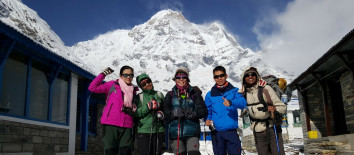
23rd Jan, 2017
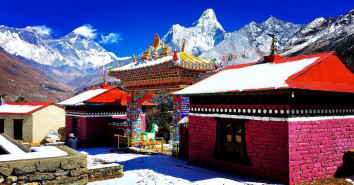
12th Jan, 2014
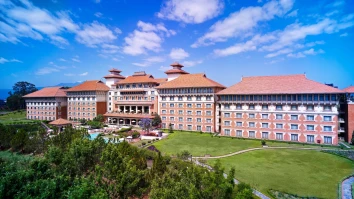
24th Apr, 2017
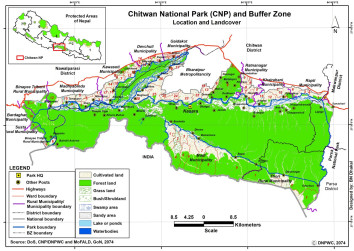
3rd Apr, 2014

3rd Jun, 2017
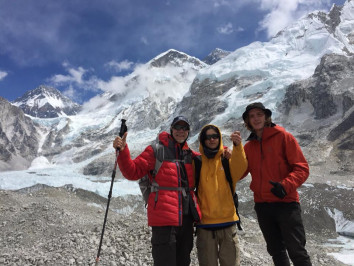
20th Jan, 2017
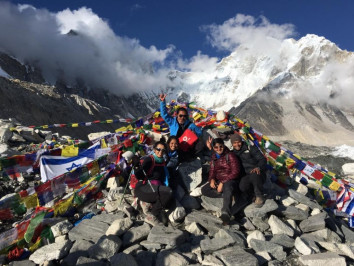
16th Jan, 2017
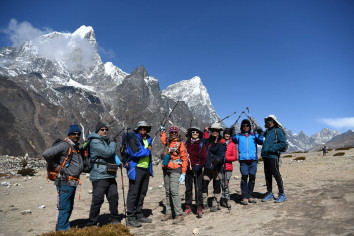
12th Jul, 2015

9th Apr, 2019
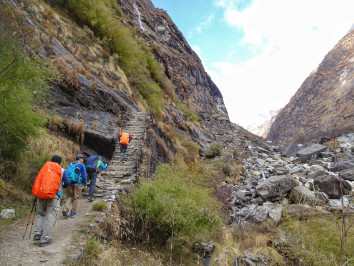
9th Jan, 2014
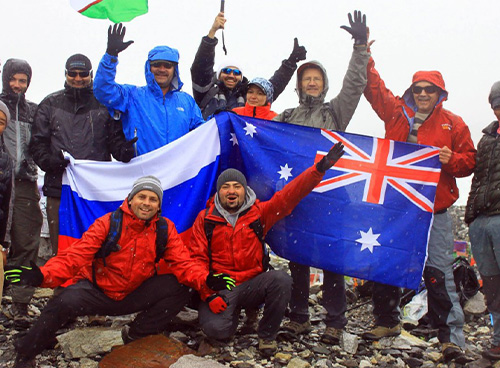
4th Apr, 2019

2nd Jan, 2014

2nd Apr, 2019

2nd Jan, 2014
-1.jpg)
30th Jan, 2017
-1.jpg)
4th Oct, 2018

16th Oct, 2018
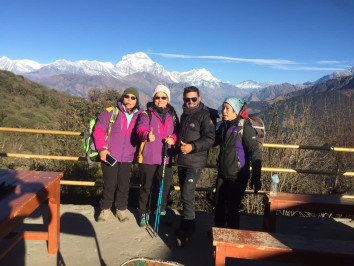
9th Oct, 2018
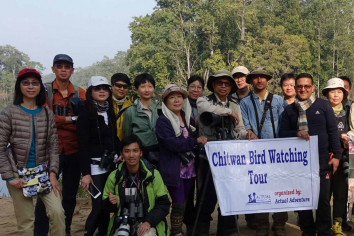
24th Jan, 2016
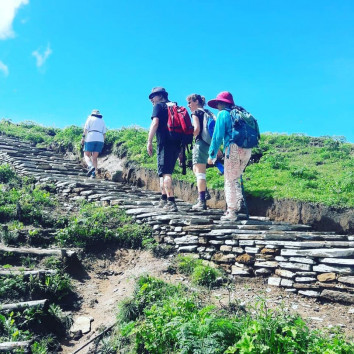
4th Oct, 2018
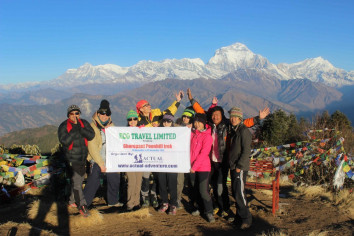
24th Aug, 2022

8th Sep, 2022
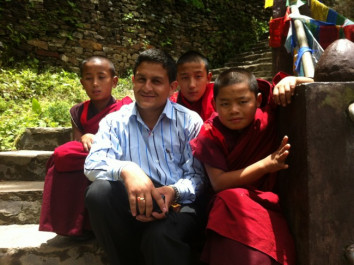
15th Sep, 2022
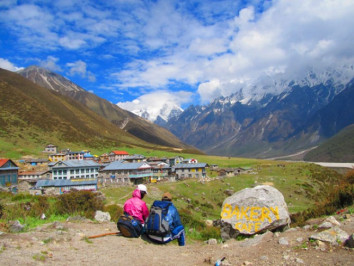
3rd Mar, 2023
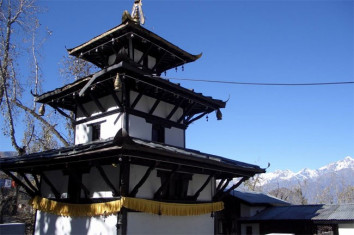
7th Mar, 2023
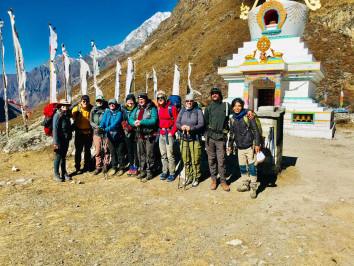
27th Mar, 2023

5th Apr, 2023

12th Apr, 2023
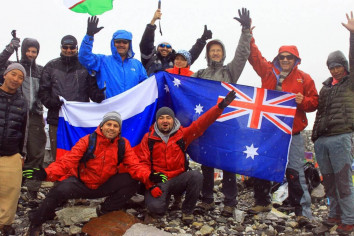
21st Apr, 2023
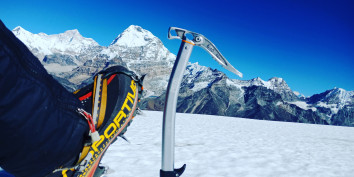
24th Apr, 2023
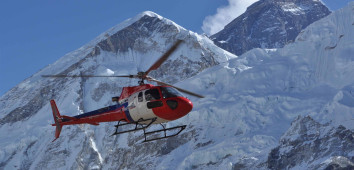
27th Apr, 2023
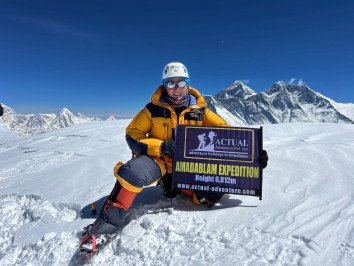
1st May, 2023
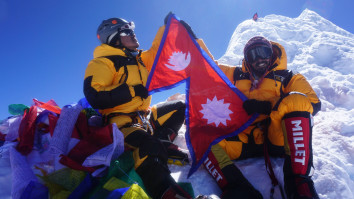
1st May, 2023
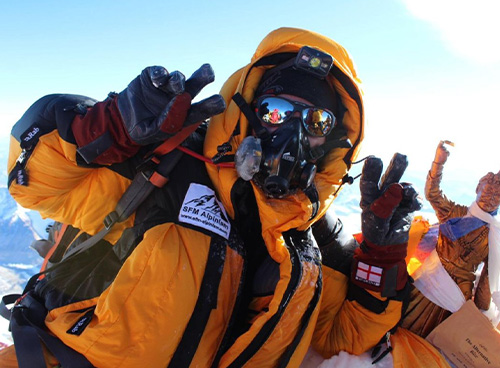
3rd May, 2023
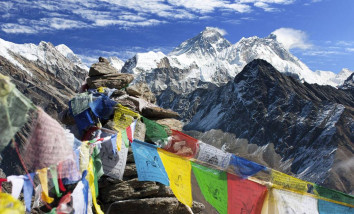
18th May, 2023

19th May, 2023
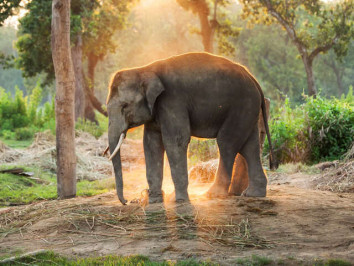
16th Jul, 2023

16th Jul, 2023
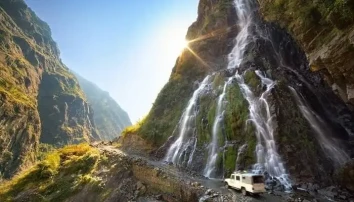
16th Jul, 2023
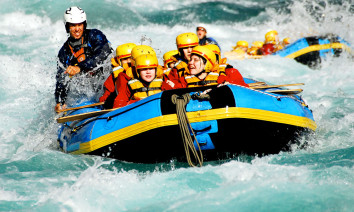
16th Jul, 2023
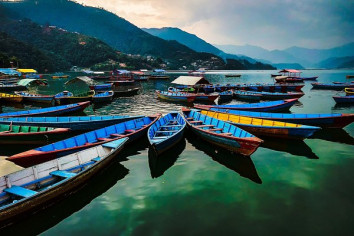
17th Jul, 2023

17th Jul, 2023

17th Jul, 2023
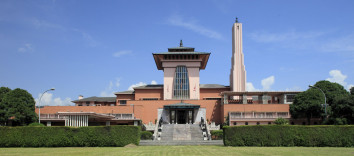
17th Jul, 2023

17th Jul, 2023
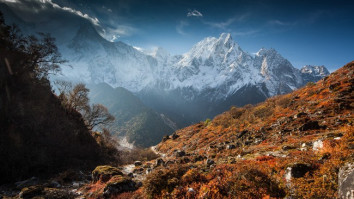
17th Jul, 2023

17th Jul, 2023

20th Jul, 2023
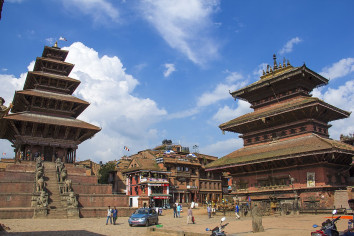
21st Jul, 2023

27th Jul, 2023
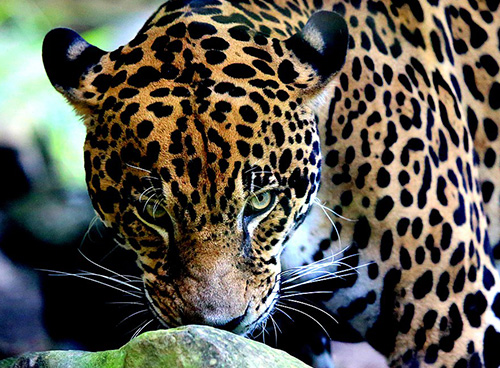
30th Jul, 2023
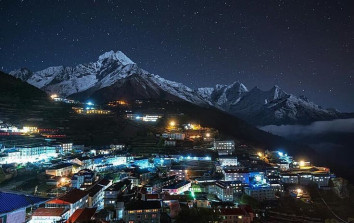
30th Jul, 2023
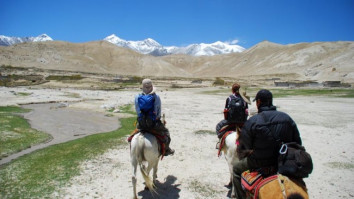
21st Aug, 2023

22nd Aug, 2023
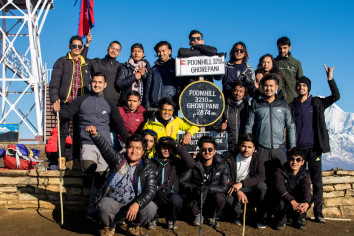
28th Aug, 2023
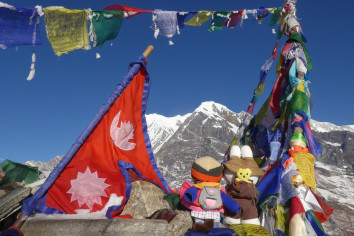
6th Oct, 2023

5th Nov, 2023

7th Nov, 2023

19th Nov, 2023
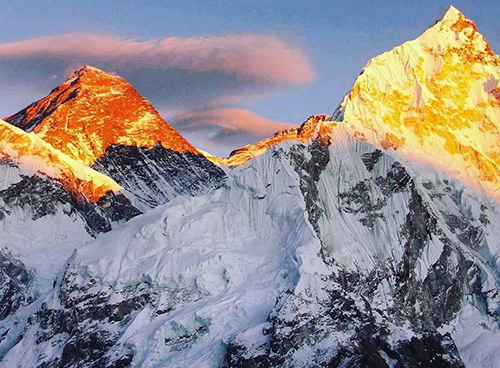
25th Nov, 2023

1st Dec, 2023
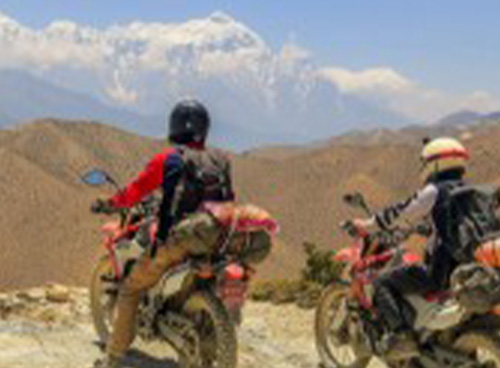
3rd Dec, 2023

13th Dec, 2023
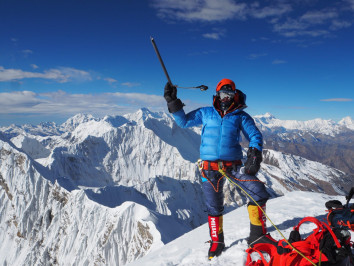
13th Dec, 2023

13th Dec, 2023

21st Dec, 2023
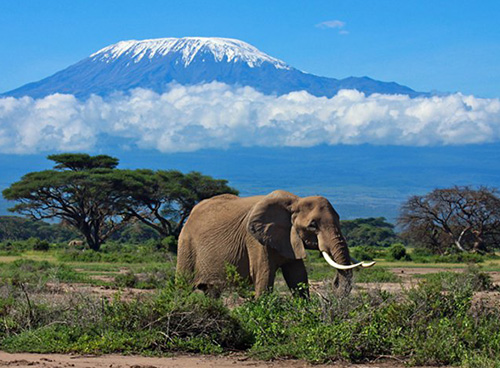
21st Dec, 2023
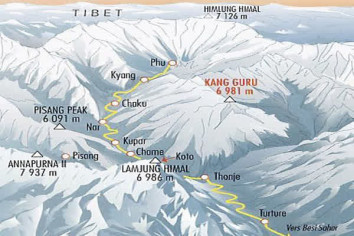
23rd Dec, 2023
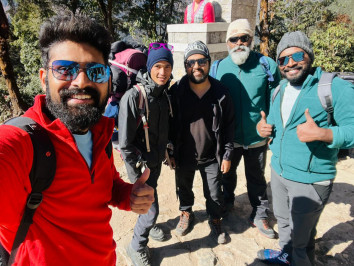
25th Dec, 2023

25th Dec, 2023

31st Dec, 2023
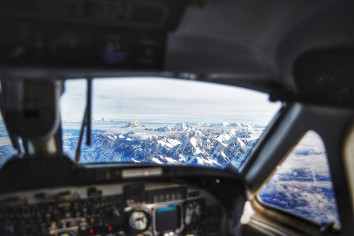
31st Dec, 2023
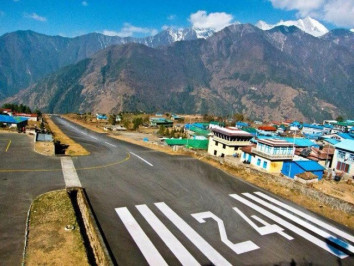
31st Dec, 2023
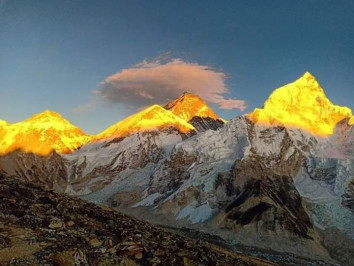
1st Jan, 2024
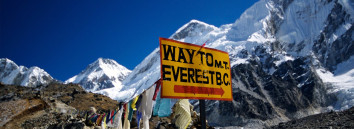
2nd Jan, 2024

2nd Jan, 2024
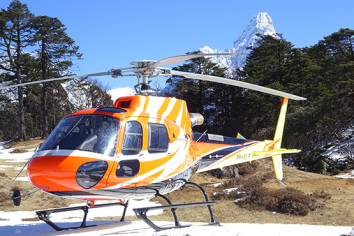
2nd Jan, 2024
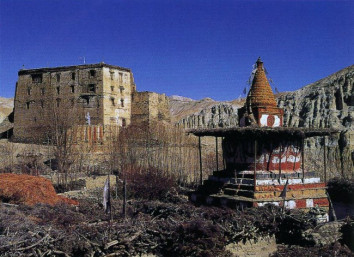
3rd Jan, 2024
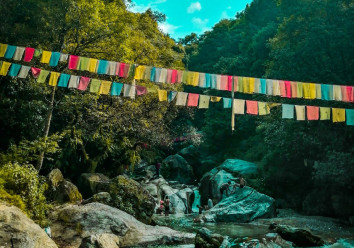
4th Jan, 2024

4th Jan, 2024
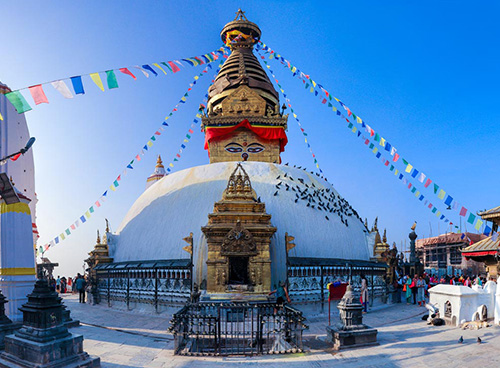
4th Jan, 2024
.jpg)
4th Jan, 2024

4th Jan, 2024
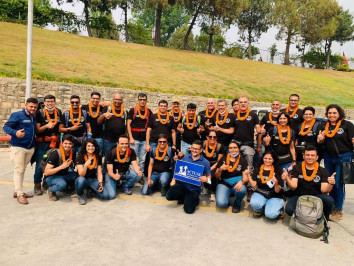
4th Jan, 2024

5th Jan, 2024
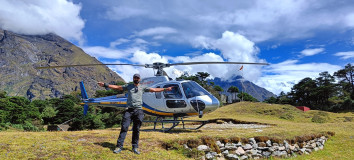
6th Jan, 2024
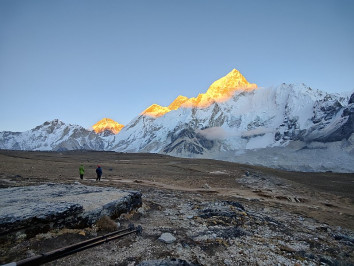
6th Jan, 2024
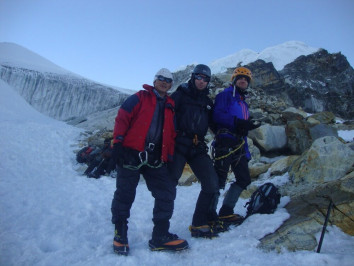
9th Jan, 2024
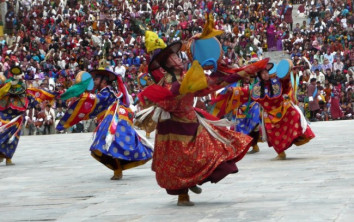
10th Jan, 2024

10th Jan, 2024

10th Jan, 2024
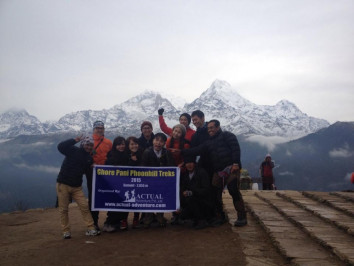
10th Jan, 2024
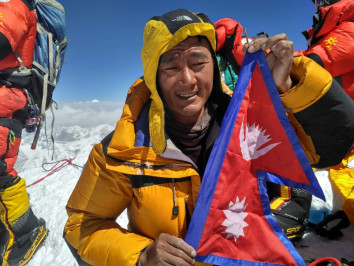
11th Jan, 2024
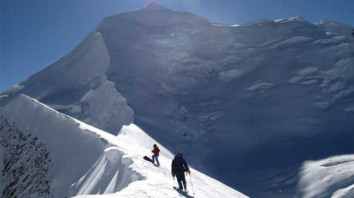
11th Jan, 2024

12th Jan, 2024

12th Jan, 2024
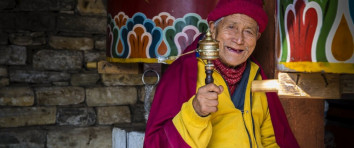
13th Jan, 2024
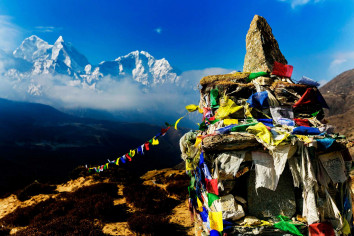
14th Jan, 2024
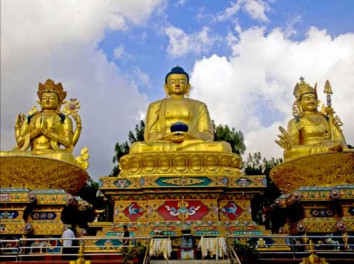
14th Jan, 2024

15th Jan, 2024
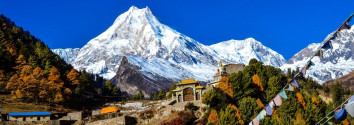
15th Jan, 2024
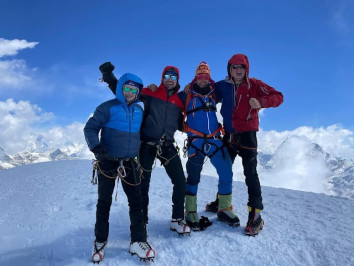
15th Jan, 2024
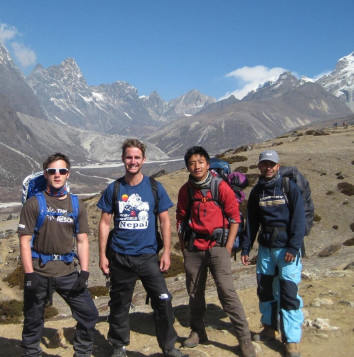
16th Jan, 2024
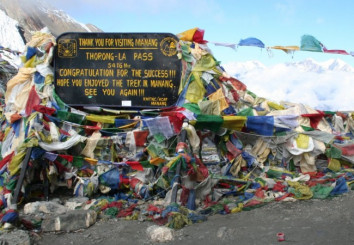
16th Jan, 2024
.jpg)
16th Jan, 2024
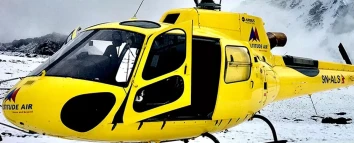
16th Jan, 2024
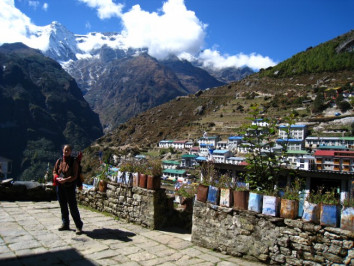
18th Jan, 2024
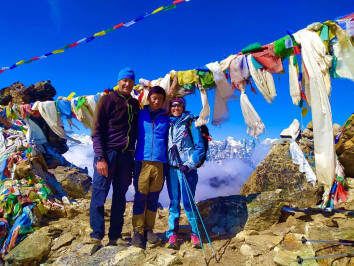
24th Jan, 2024
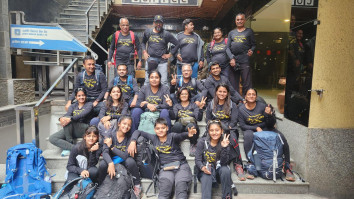
26th Jan, 2024
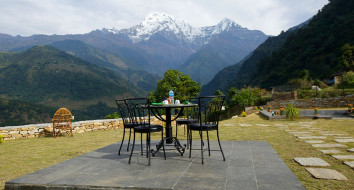
28th Jan, 2024
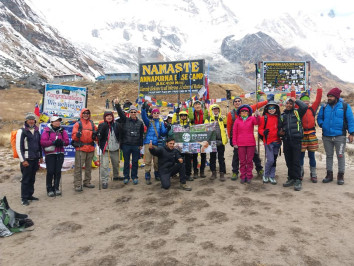
28th Jan, 2024
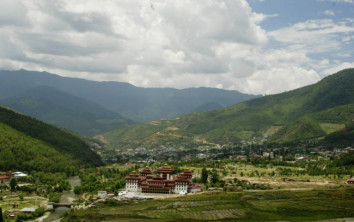
30th Jan, 2024
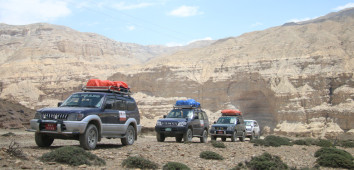
30th Jan, 2024
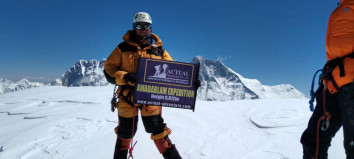
2nd Feb, 2024

2nd Feb, 2024

2nd Feb, 2024
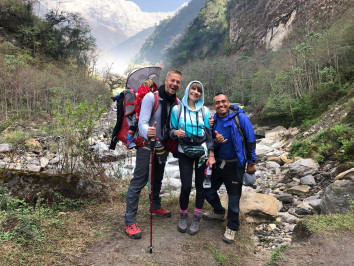
3rd Feb, 2024
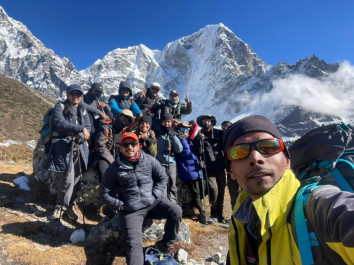
4th Feb, 2024

8th Feb, 2024
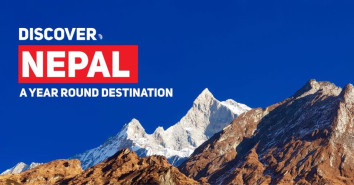
9th Feb, 2024

10th Feb, 2024
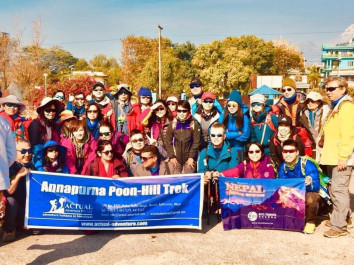
10th Feb, 2024

11th Feb, 2024

12th Feb, 2024

12th Feb, 2024
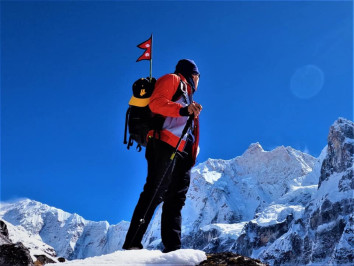
13th Feb, 2024
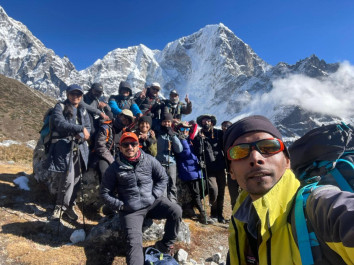
13th Feb, 2024
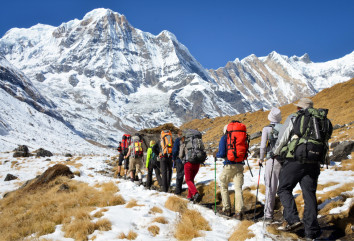
16th Feb, 2024
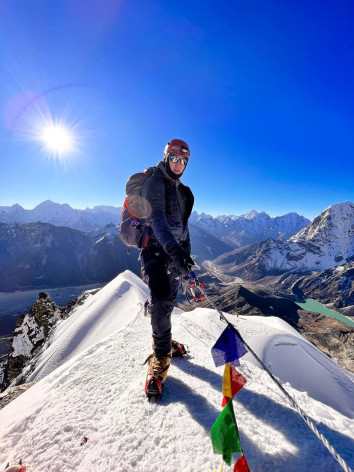
18th Feb, 2024

20th Feb, 2024
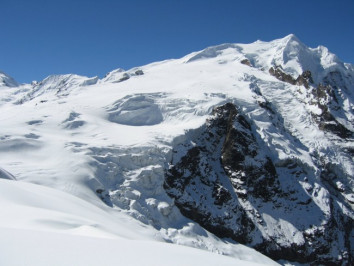
21st Feb, 2024
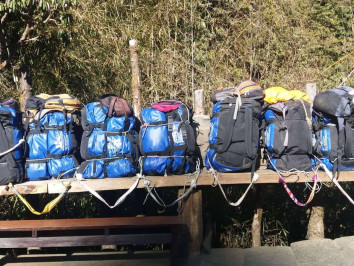
21st Feb, 2024

27th Feb, 2024
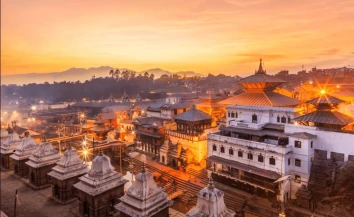
3rd Mar, 2024
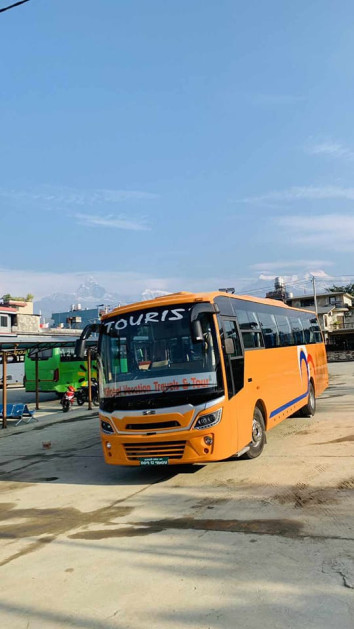
3rd Mar, 2024
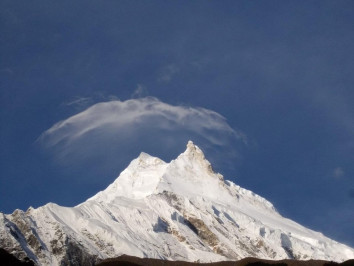
4th Mar, 2024
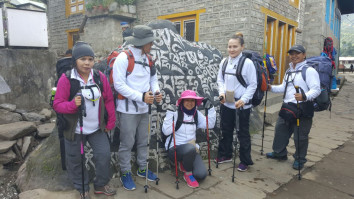
5th Mar, 2024
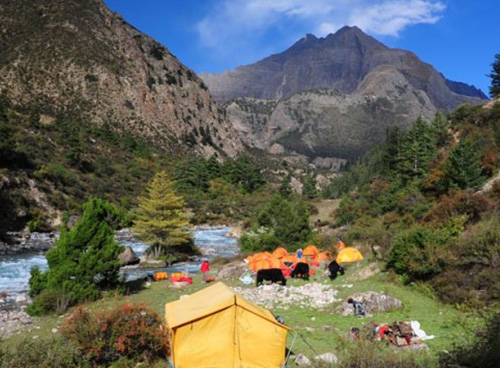
5th Mar, 2024

10th Mar, 2024

10th Mar, 2024

10th Mar, 2024
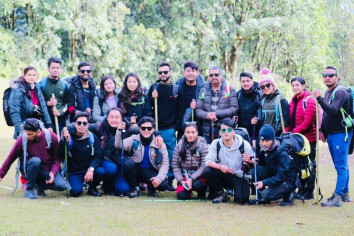
11th Mar, 2024

13th Mar, 2024

13th Mar, 2024
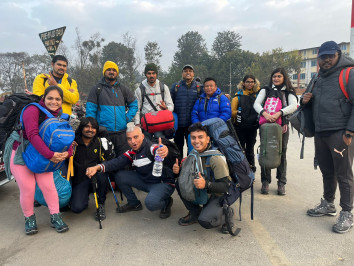
19th Mar, 2024
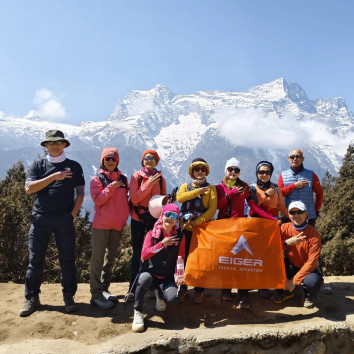
22nd Mar, 2024

26th Mar, 2024
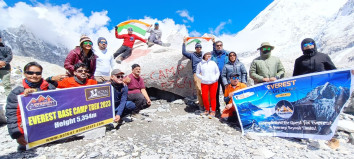
27th Mar, 2024

27th Mar, 2024
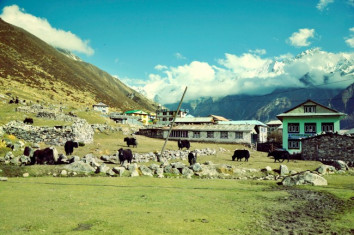
27th Mar, 2024
-1624864292-1.jpg)
28th Mar, 2024
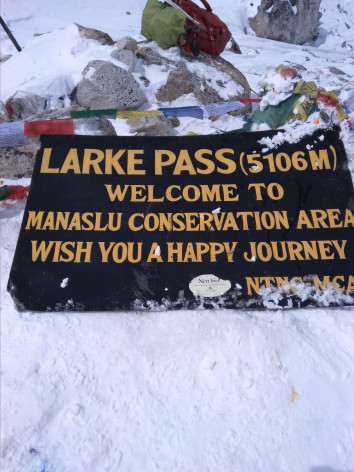
2nd Apr, 2024

2nd Apr, 2024

4th Apr, 2024
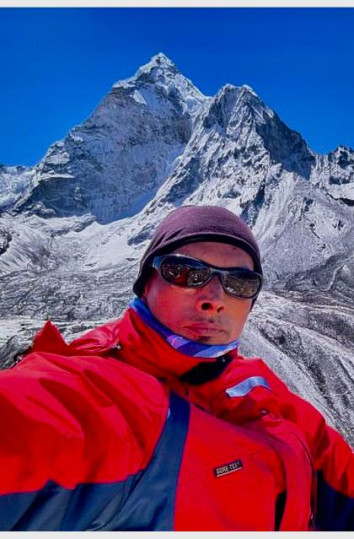
12th Apr, 2024
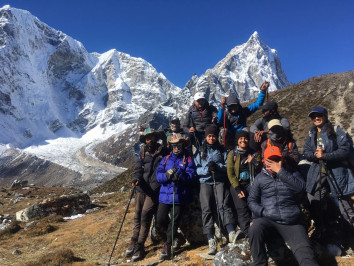

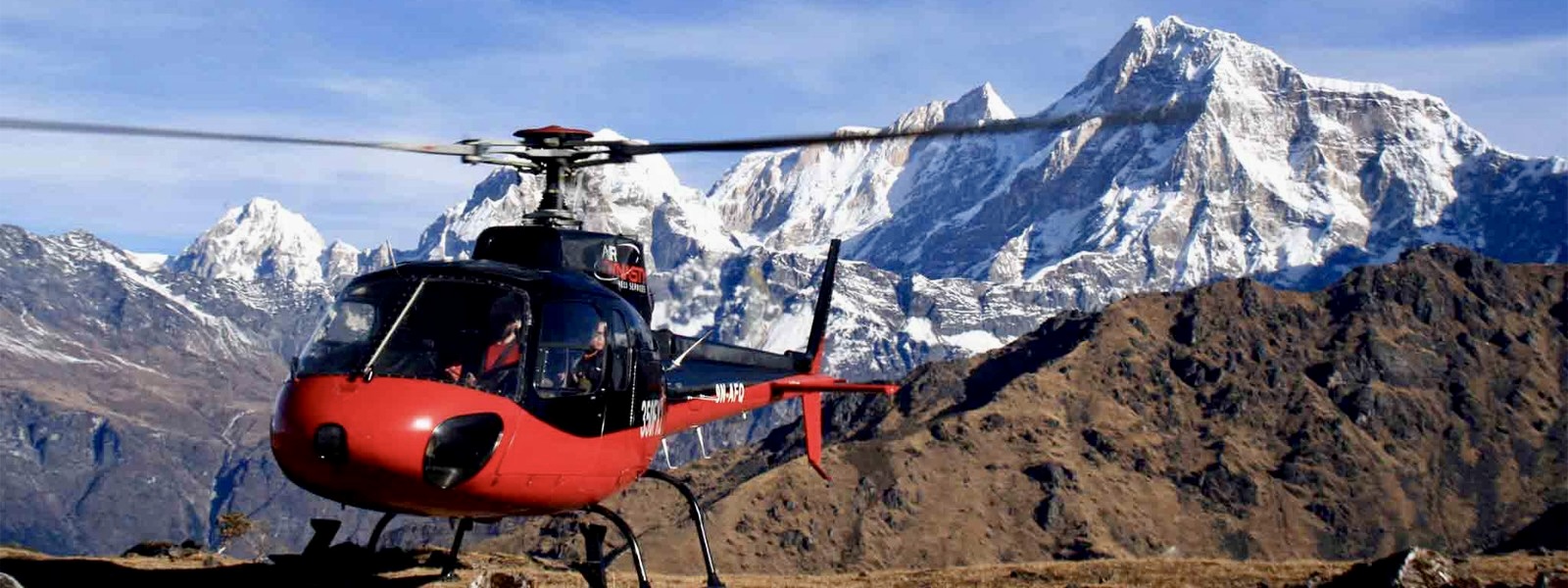

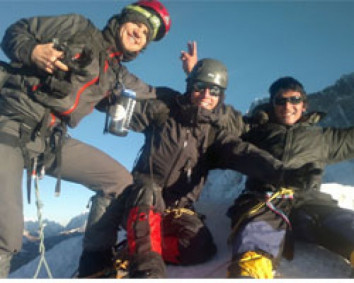
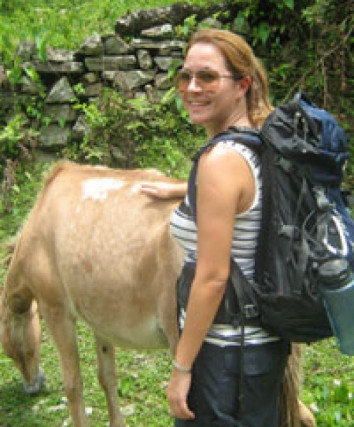
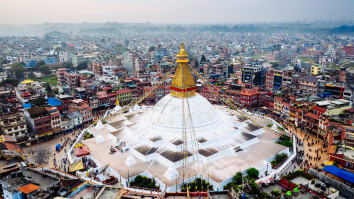

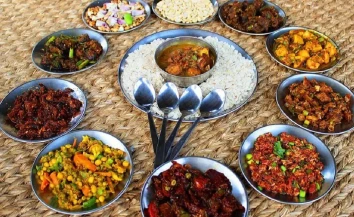
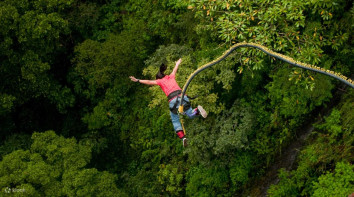
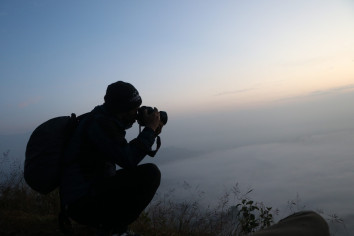
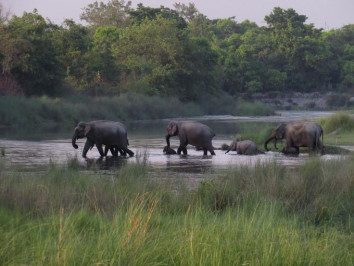
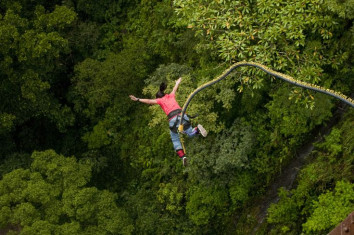
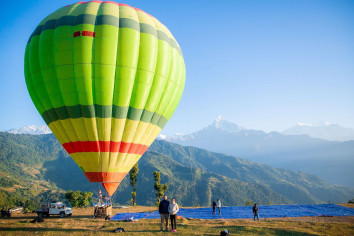


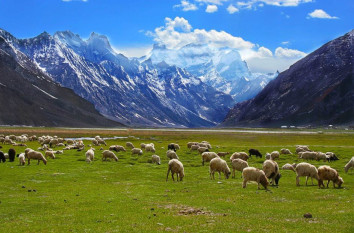



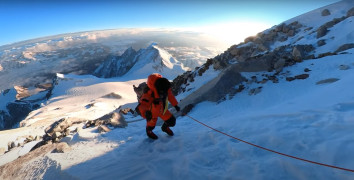
.jpg)

